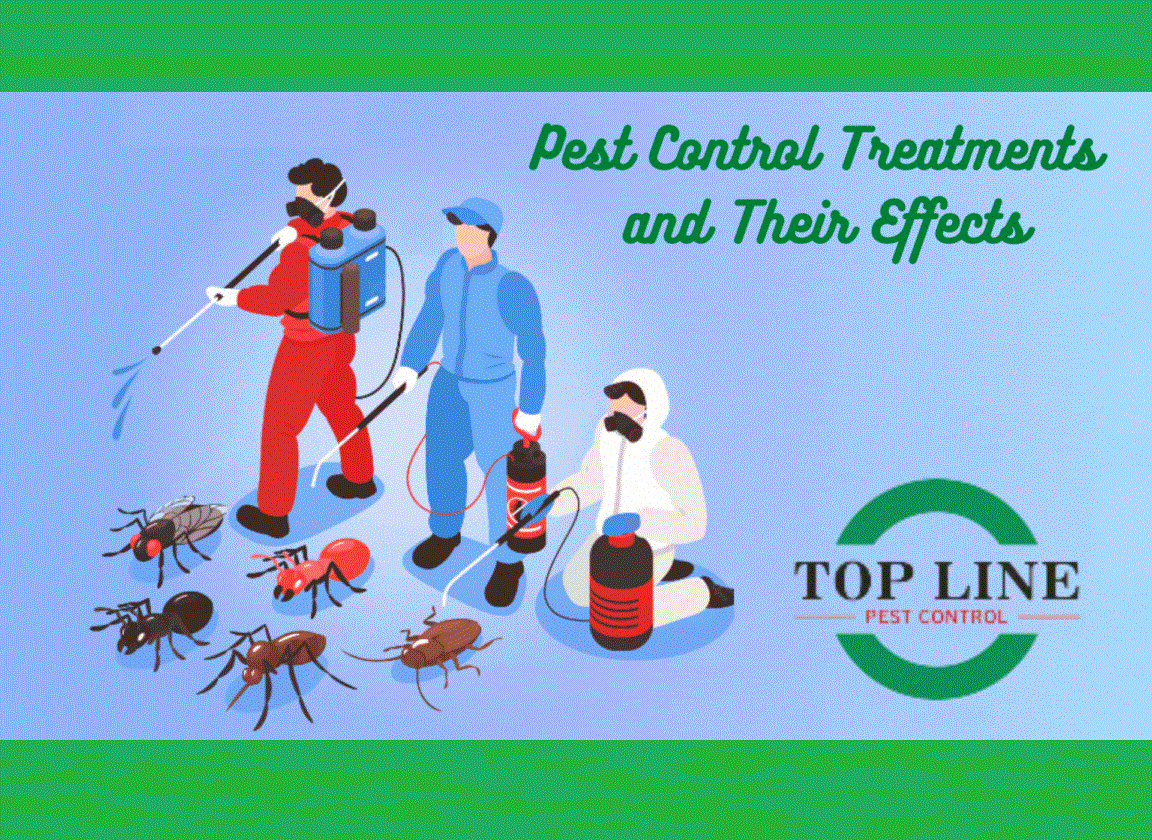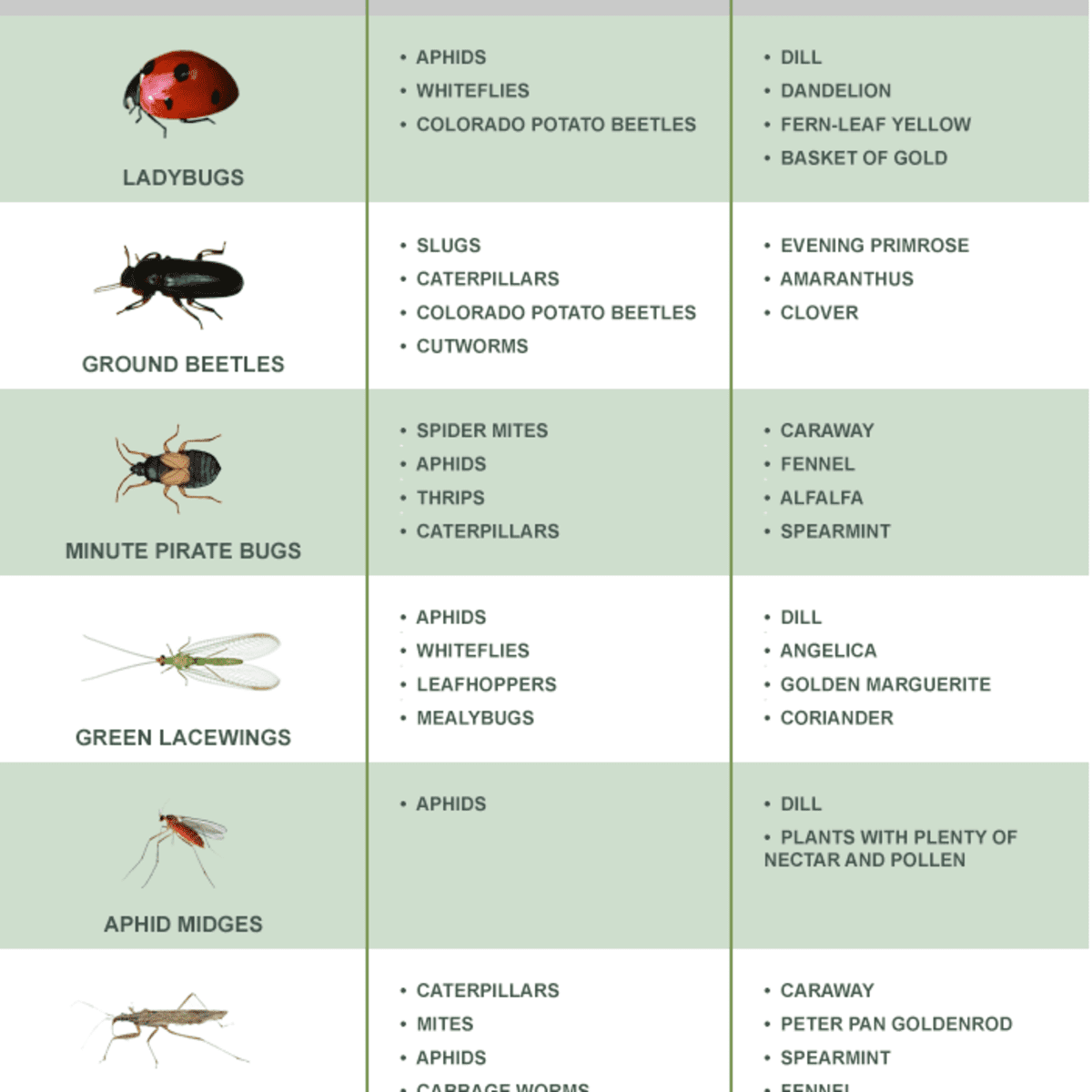A Biased View of Eco Bed Bug Exterminators Dc
A Biased View of Eco Bed Bug Exterminators Dc
Blog Article
The 2-Minute Rule for Eco Bed Bug Exterminators Dc
Table of ContentsMore About Eco Bed Bug Exterminators DcThe Buzz on Eco Bed Bug Exterminators DcThe Basic Principles Of Eco Bed Bug Exterminators Dc Some Known Factual Statements About Eco Bed Bug Exterminators Dc Excitement About Eco Bed Bug Exterminators Dc
Due to the fact that chemicals are hazardous, they are also potentially hazardous to human beings, animals, other organisms, and the atmosphere. People that utilize pesticides or routinely come in call with them need to understand the relative poisoning, prospective health results, and preventative procedures to decrease direct exposure to the products they use. Threat, or danger, of using chemicals is the capacity for injury, or the degree of threat entailed in utilizing a pesticide under an offered set of problems.
Applicators can lessen or nearly remove exposure-- and therefore reduce threat-- by adhering to the label instructions, making use of personal safety clothes and devices (PPE), and dealing with the chemical properly. Even more than 95 percent of all pesticide direct exposures come from facial exposure, primarily to the hands and forearms. By putting on a pair of unlined, chemical-resistant gloves, this kind of direct exposure can be nearly removed.
The unsafe effects that happen from a single exposure by any kind of path of access are termed "severe effects." The four paths of direct exposure are dermal (skin), inhalation (lungs), oral (mouth), and the eyes. Severe poisoning is identified by taking a look at the dermal poisoning, inhalation poisoning, and dental poisoning of guinea pig.
How Eco Bed Bug Exterminators Dc can Save You Time, Stress, and Money.
Severe toxicity is gauged as the quantity or concentration of a toxicant-- the a.i.-- required to kill 50 percent of the pets in an examination populace. This step is usually shared as the LD50 (deadly dosage 50) or the LC50 (deadly concentration 50). In addition, the LD50 and LC50 values are based on a solitary dosage and are tape-recorded in milligrams of chemical per kilogram of body weight (mg/kg) of the test pet or in components per million (ppm).
The reduced the LD50 or LC50 value of a pesticide product, the greater its poisoning to people and animals. Pesticides with a high LD50 are the least harmful to people if utilized according to the directions on the product tag. The persistent toxicity of a chemical is identified by subjecting test pets to long-lasting direct exposure to the energetic ingredient.
The persistent toxicity of a chemical is extra challenging than severe toxicity to identify through laboratory evaluation. Products are classified on the basis of their family member intense toxicity (their LD50 or LC50 values). Chemicals that are classified as very harmful (Poisoning Category I) on the basis of either dental, dermal, or inhalation toxicity need to have the signal words DANGER and poisonous substance published in red with a head and crossbones icon plainly displayed on the front panel of the plan label.
The severe (single dose) oral LD50 for chemical items in this team ranges from a trace quantity to 50 mg/kg. For instance, direct exposure of a few declines of a material taken by Going Here mouth could be deadly to a 150-pound individual. Some chemical products have just the signal word DANGER, which informs you absolutely nothing about the acute poisoning, just that the item can cause extreme eye damage or severe skin irritation
Get This Report on Eco Bed Bug Exterminators Dc
In this classification, the acute dental LD50 ranges from 50 to 500 mg/kg. A teaspoon to an ounce of this product can be deadly to a 150-pound individual (pest control Washington DC). Pesticide items identified as either a little toxic or reasonably nontoxic (Toxicity Categories III and IV) are needed to have the signal word CAUTION on the pesticide tag

All pesticide poisoning worths, including the LD50, can be found on the item's Material Safety and security Data Sheet (MSDS) - bed bug heat treatment. Pesticide tags and MSDS can be obtained from retailers or produces. Furthermore, a lot of products likewise have info that can be located online. The symptoms of chemical poisoning can range from a light skin inflammation to coma or even fatality.
Due to the fact that of possible health and wellness concerns, pesticide users and handlers need to recognize the typical indications and signs and symptoms of chemical poisoning. The effects, or signs and symptoms, of chemical poisoning can be extensively specified as either topical or systemic.
Eco Bed Bug Exterminators Dc - Truths
Dermatitis, or swelling of the skin, is approved as the most typically reported topical impact linked with chemical direct exposure. Some individuals have a tendency to cough, hiss, or sneeze when subjected to pesticide sprays.
This sign normally subsides within a couple of mins after an individual is gotten rid of from the exposure to the irritant. A reaction to a pesticide product that causes a person not only to sneeze and cough yet additionally to create serious acute breathing signs and symptoms is a lot more likely to be a real hypersensitivity or sensitive reaction.
Systemic impacts are rather different from topical results. They commonly happen far from the initial point of get in touch with as a result of the chemical being absorbed into and distributed throughout the body. Systemic effects usually consist of queasiness, vomiting, fatigue, headache, and intestinal tract conditions. In advanced poisoning cases, the individual might experience changes in heart price, trouble breathing, convulsions, and coma, which might bring about fatality.
Report this page